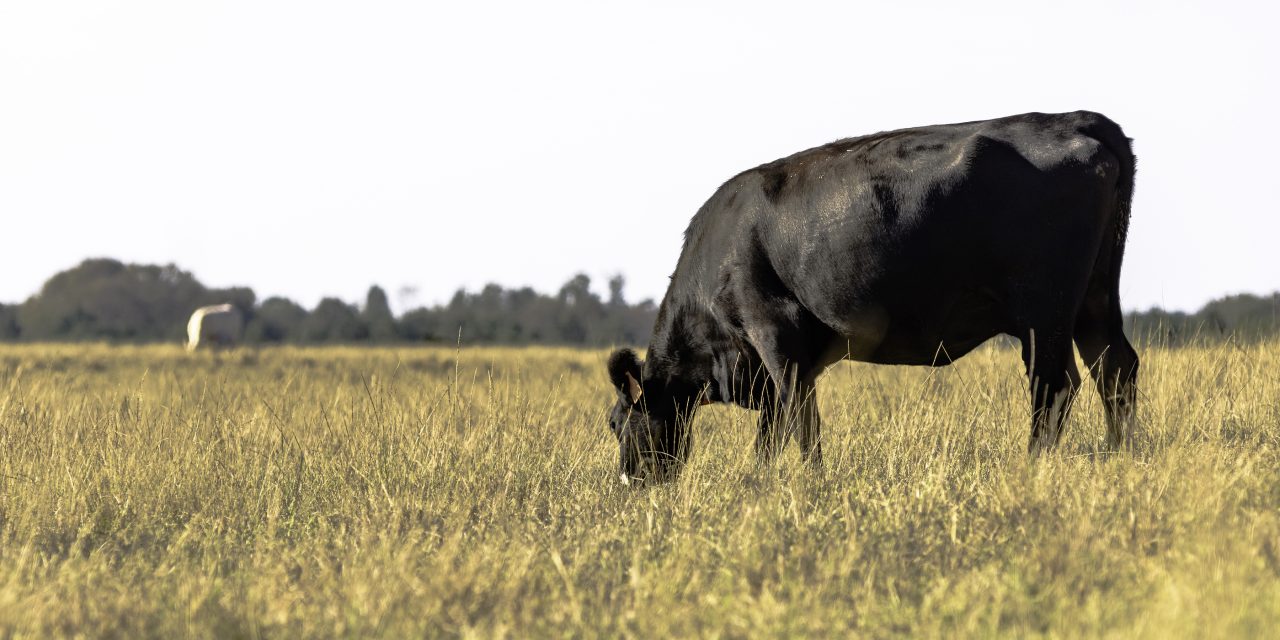Since the devastating 2012 drought, farmers spent the past five seasons rebuilding their herds and getting back to a sustainable level. Many have just started to feel like their feet are back under them. But with the dry months of summer now setting in, many Missouri cattle farmers are struggling to find hay and feed for their animals.
Unfortunately, after an abnormally dry spring, most of northern Missouri is now suffering drought conditions. Some or all of 35 counties are now experiencing severe drought, and nearly everywhere else north of the Missouri River is either classified as abnormally dry or experiencing moderate drought conditions. The area classified in severe drought nearly tripled between the second and third weeks in June.
The current drought has decreased forage growth by about half, according to many farmers. To make up for this loss, farmers would typically feed animals baled hay to supplement pasture grazing. However, several factors have converged to reduce the availability of extra hay.
In the drought-affected areas, last fall was also abnormally dry across much of the same region, leading to less hay production in the first place. After making it through winter with low hay stocks, farmers were looking forward to warmer weather and turning cattle out to graze once pastures began to grow.
In most years, northern Missouri farmers feed hay to their cattle until the end of March or first of April. But with this April being historically cold – with many areas even seeing snowstorms through the third week of the month – farmers had to extend their feeding three or four weeks longer than planned.
In addition to lack of forage, drinking water itself has been getting harder for many to find and access. Some ponds in drought-stricken areas have begun to dry up and become a muddy mess for livestock trying to reach the remaining water. Without rain to restore them to normal levels, these animals may be left with nothing to drink.
With all of these factors at play at the same time, Missouri farmers are experiencing a bit of a perfect storm. This storm has left many with only a few options. If farmers can find any hay available to buy, they could do so, but it would likely be at a very high cost due to the low supply and high demand. They could buy feed for their cattle, also at abnormally high cost to the farmer. Some may choose to rent ground in a wetter part of the state or even out of state, which would require expensive transportation costs on top of the cost of rent. The last obvious option is to prematurely sell animals into an unfavorable market already overrun with supply from other farmers making the same decision.
None of these options are good, and the only thing that can really bring better choices is a sustained period of rain. Unfortunately we are yet to reach the typically-driest months of the year. Farmers will continue do the best they can with what they have, weigh their options and pray for rain.


